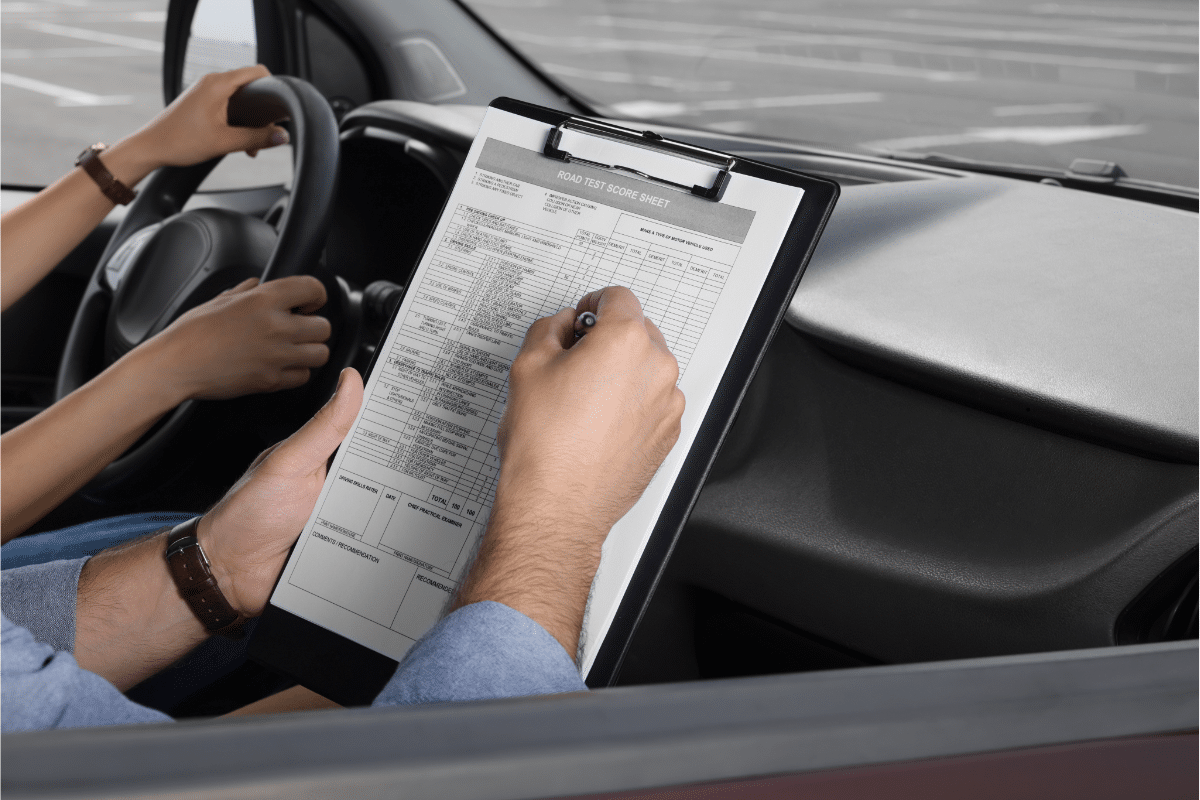The Georgia Driving Test Experience
So you’ve gone through the process to acquire a driver’s license and you’re waiting for the road skills test? You would have an easier time if you knew what to expect during the driving test.
We’ve done our homework, and in this article, we’ll be looking at the Georgia driving test experience. So let’s get busy.

The Appointment
You can reserve your testing slot by booking an appointment online via the Georgia Department of Driver Services (DDS) website. If you will be taking a non-commercial road test, you won’t be charged for a reservation.
Once the slot has been reserved, you will be given a specific date and time to show up for the road test. Please note that if you show up late for the appointment, you could have your road test canceled.
The Safety Inspection Test
Before the driving test, you must go through a safety inspection test. This usually involves the examiner asking you to confirm if everything on your vehicle is in perfect condition. That means, your headlights, signals, doors, windshield, safety belt, horn and tires must be in working condition.
If the examiner notices anything faulty on your vehicle that will interfere with its safety, the driving test will be canceled until further notice.
The Driving Test
After you’ve passed the safety inspection test, you will start the driving test. However, before you turn on the car’s engine, the examiner will be closely watching if you will put on a safety belt. You should also adjust the seat, side mirrors, and rearview mirror depending on your height and vision angle.
Once you start the driving test, the examiner will expect you to demonstrate the following maneuvers:
- Parallel Parking: The examiner will request you to park your vehicle parallel to the road. As a general rule, your vehicle shouldn’t be more than 18 inches away from the curb.
- Straight Line Backing: To execute this maneuver, you must reverse your vehicle on a straight line at a distance of at least 50 feet while not speeding more than 10 mph. While you’re backing up, the examiner expects you to turn your head and observe your blind spots.
- Turn about: You will be asked to do a three-point turn in a narrow space without touching the curb.
We’re not done yet! The examiner will instruct you to drive out on different routes so that he/she can evaluate your performance based on the following skills:
- Yielding the right of way: If you’re driving and there is a pedestrian, cyclist, pet, or a motor vehicle that is moving in front of you, the examiner expects you to give the right of way.
- Obeying stop signs or traffic signals. If you’re approaching a crosswalk with a stop sign, the examiner expects you to stop behind the line and wait for all the pedestrians to cross the road. Besides that, you’re expected to obey every traffic signal that you will encounter during the road test.
- Approaching intersections and corners: When you’re approaching an intersection or a corner, the examiner will expect you to merge into the proper lane and observe both directions for incoming traffic.
- Overtaking: At some point during the road test, the examiner will probably ask you to overtake the vehicle ahead of you. If that happens, make sure you look far ahead and behind; only overtake when you won’t interfere with the traffic.
- Obeying the speed limit: The examiner will instruct you to drive through different zones so that he/she can look at your speedometer to see if you will obey the speed limit. For instance, if you’re in an urban or residential zone, the speed limit should be about 30 mph. However, if you’re on the freeway, the examiner will expect you to increase the speed limit so you don’t drive too slow.
- Maintaining a good posture: The examiner will check out if you’re controlling the steering using both hands. Besides that, you should avoid putting your elbow on the window if you don’t want to lose a few points.
- Following distance: While you’re driving, you will be expected to follow the vehicle ahead of you at a safe distance so you could avoid a rear-end collision in case of an emergency. A good rule of thumb is to use the 4-second rule.
- Make a turn: Before making a turn, you should follow the same procedure when approaching an intersection. Of course, don’t forget to signal in advance before making the turn.
- Use of brake and clutch: If you’re driving a manual transmission, the examiner will expect you to shift smoothly without stalling the vehicle. Likewise, you should avoid stepping too hard on the brakes unless there is an emergency.
The driving test should last about 20 to 30 minutes. After you’re back at the DDS test center, the licensed examiner will show you the score sheet. To ace the test, you must achieve 75 percent and above on your score sheet.
